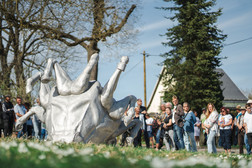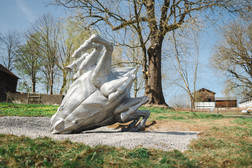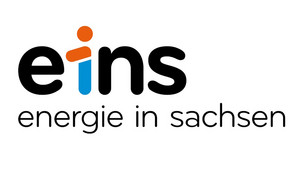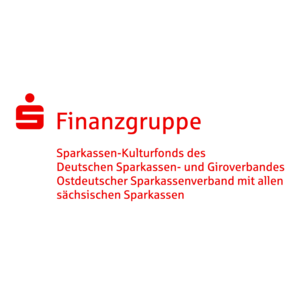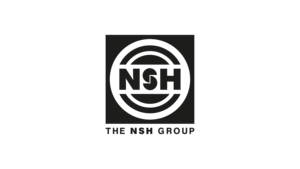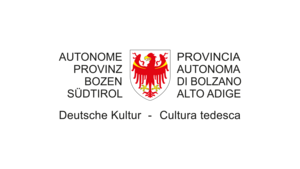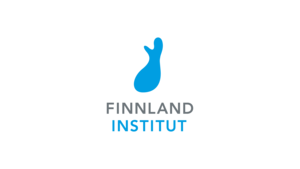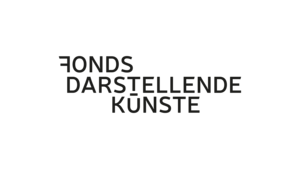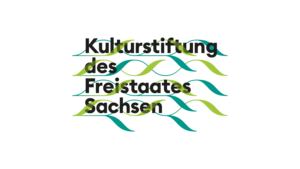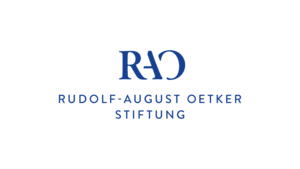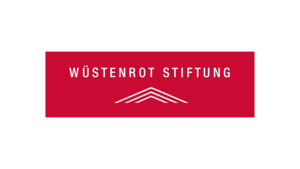Gregor Gaida: Polygonales Pferd II
Oederan

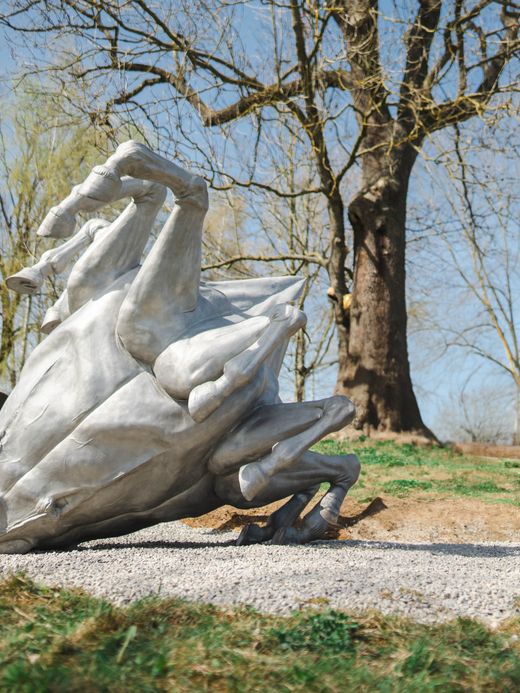
The Gahlenz village museum was founded following an exhibition of old agricultural equipment and rural crafts organised by the former Agricultural Production Cooperative (LPG) in 1982. This exhibition in a three-sided farmyard formed the basis for the Gahlenz village museum, which opened there in 1992. The farm had a horse gin, the remains of which can still be seen today.
The artist Gregor Gaida, born in Chorzow, Poland, in 1975, created the 'Polygonal Horse' sculpture in 2011. Cast from aluminium, Gaida's depiction of a horse no longer has a head, but instead has ten legs that it stretches into the sky. The former horse gin became a spatial reference for Gaida’s work, which acts out an ambivalent situation between strength and helplessness.
Gaida is represented with another work in the German Bundestag collection, where it is on permanent display.
(Text: Alexander Ochs / Ulrike Pennewitz)
Gregor Gaida
Polygonales Pferd II
In Oederan, village museum Gahlenz
Material: Aluminium
Size: 2.80 x 2.80 x 2.80 m
Set up with the support of the town of Oederan.
Address:
Gahlenz Village Museum
Gahlenzer Street 105
09569 Oederan OT Gahlenz
to the location Google Maps
There is a lot to discover at the PURPLE PATH! Experience tips presented by the Tourismusverband Erzgebirge e.V.
![[Translate to Englisch:] Oederan Polygonales Pferd Gregor Gaida Fotocredit Ernesto Uhlmann 8](/fileadmin/_processed_/2/1/csm_PurplePath_Oederan060424-007_FotoErnestoUhlmann_dbe20e6aed.jpg)
